This post builds on the research article “The Global University, Area Studies, and the World Citizen: Neoliberal Geography's Redistribution of the "World",” which was published in the February 2012 issue of the Society’s peer-reviewed journal, Cultural Anthropology.

Interview with the Author
Dr. Looser arrived at this research topic through studying technology and special economic zones (SEZs), focusing on spaces where neoliberal fantasies are taking material form. His article presents "an ethnography of a fantasy" by investigating "an urban desire, a set of impetuses that are global." The corporate relationships between the cities and universities he discusses in his article develop "idea capitals" where students enact citizenship through contributing to a creative economy. Sanctioned by nation-states but also functioning as neoliberal zones of freedom from a local culture, idea capitals represent a departure from the geographical organization of area studies. As Looser reflected, "now it seems almost unintentionally that the system is moving toward a dynamic where the students themselves are bringing ideas as much as they're gaining knowledge...the students are serving that whole complex as well as buying a service." In New York, where several universities recently competed to open a new campus on an island in the East River, Mayor Michael Bloomberg has talked about ideas replacing Wall Street as the basis of their economy.
The governments developing idea capitals use museums and universities as "building block components" of a city, part of "a set of conditions that are about a lifestyle that will attract a certain group of people." Looser emphasized that "bringing a cosmopolitan thing like a university is not a bad idea at all...In Abu Dhabi's case, they want to bring good, open thought to an area that doesn't have it." While a desire to bring active sites of scholarly knowledge production into new cities is one anchor for these projects, they are also embedded in a global social and economic system that makes association with prestigious universities a valuable thing. Looser pointed out that it is "harder to make the case in Singapore that this is about bringing cosmopolitanism to a place that didn't have it, [it's] more directly about branding." Students who attend Yale's joint campus with the National University of Singapore will not receive a degree from Yale. Even so, students probably find access to Yale's "brand of knowledge" an attractive feature of the new university.
The massive architectural projects that form the urban landscapes of these cities show that a "technological fantasy is there too. I think that's what sold Songdo initially, that you could create a new world, basically. The next step beyond the smart building." He noted that, "already it's clear that this stuff as initially planned hasn't worked out...the basic reasons for being [in Songdo] haven't panned out." Looser has also followed the work of architects of Pudong, who "even two years ago...were saying that Pudong was this wonderful example of what could be done in China that can't be done here [the U.S.]." Now the city plans to build pedestrian bridgeways because "literally it feels as though there's no human connection between places." The same architects have distanced themselves from Pudong's failure, Looser said, by arguing that "Pudong is not the right model for it." It hasn't dampened their enthusiasm for "the idea that you could construct a world, a world that manages it itself." While these architects "acknowledge that there is an urban fabric missing, they will only claim responsibility for buildings." This seems consonant with Looser's reading of neoliberalism as freedom from accountability to some local culture.
Looser said he will follow up with more research, explaining that "the other side of this for me as a project is to look at certain spaces in Tokyo that embody these same sorts of forces." By carrying out ethnographic work on lived spaces, Looser will be able to give an interesting account of how the fantasy of neoliberal geography takes shape in particular contexts.
[From intern Adonia Lugo's interview with the author.]
Multimedia
Pudong Island
1. View of the island from across the river, in Shanghai.
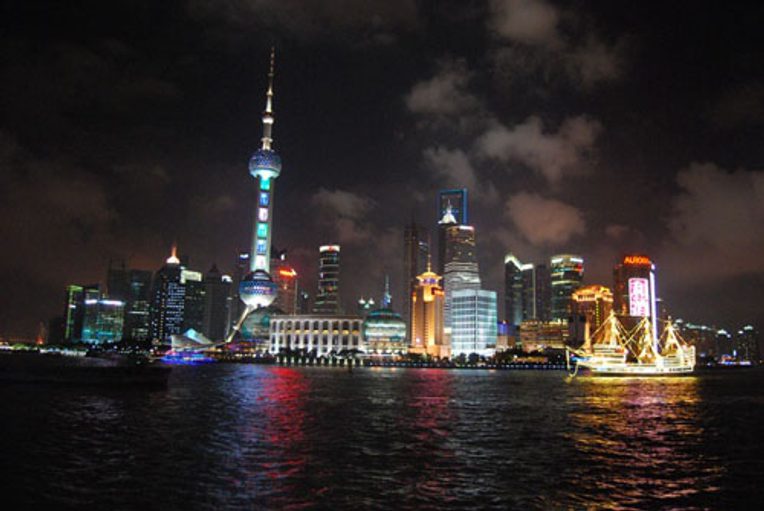

2. (Above) Although Pudong is still a non-urban business district, the riverbank (and the recent Expo) have been set up more for entertainment. In this photo, you can still see the ever-present Shanghai World Financial Center building on the upper right.
3. (Below) This is a picture of the Bund, the old central business district of Shanghai, with a hint of the new business district of Pudong Island, where the new NYU campus will be located, on the left.
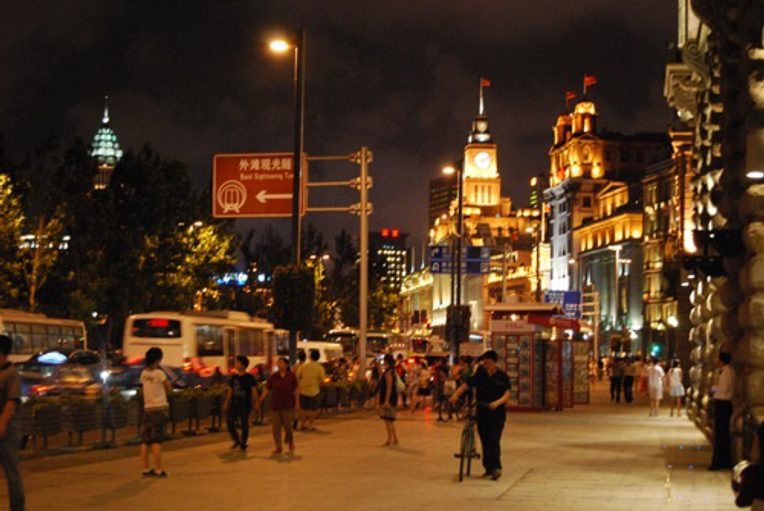
4 & 5. (Below) Two photos of Pudong itself, where the NYU campus will be built. It's mostly high rise office & apartments, but with little urban street life.
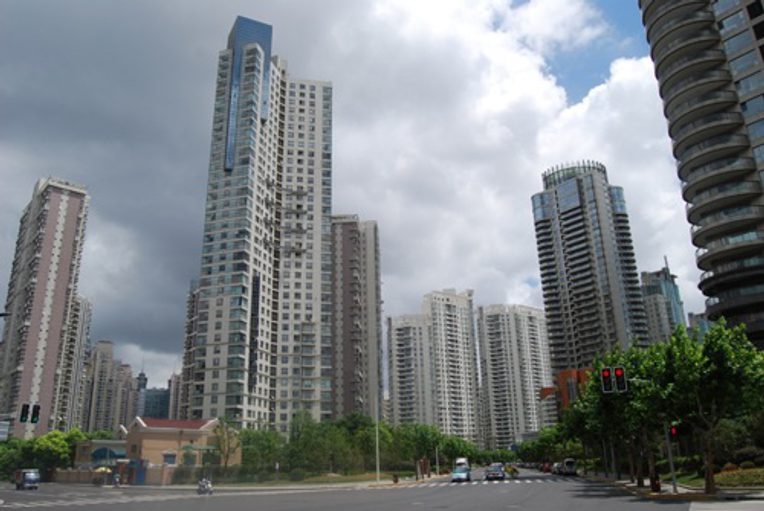

6. (Below) Pudong has also been set up as a modern section that's separate from, but nonetheless integrated into Shanghai life--this includes the skyline. In this photo, you can see the Shanghai World Financial Center building on Pudong, hovering in the horizon from Shanghai itself.
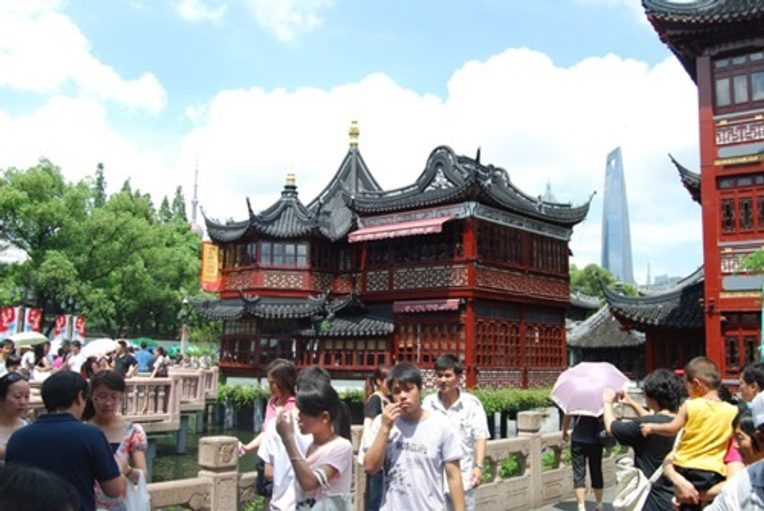
Songdo City
7. (Below) Some views of construction
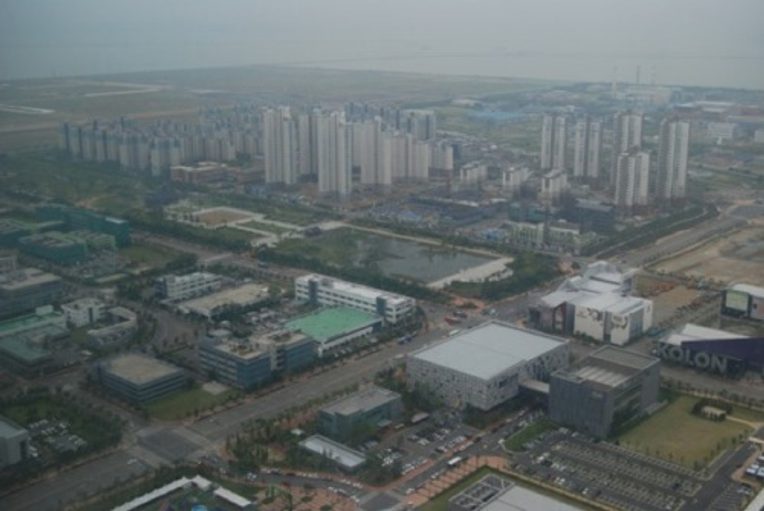
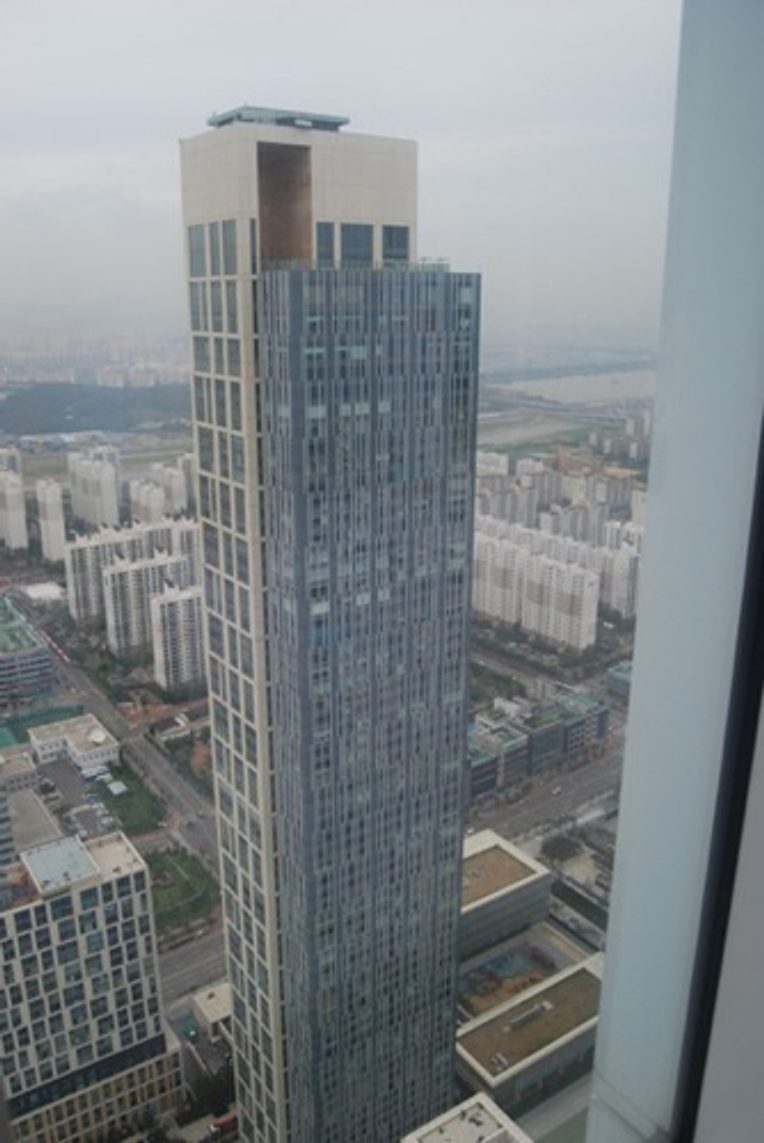
8 (Above) & 9 (Below). The construction site of Songdo City is on reclaimed land; this includes the "central park" greenspace in the next photo.
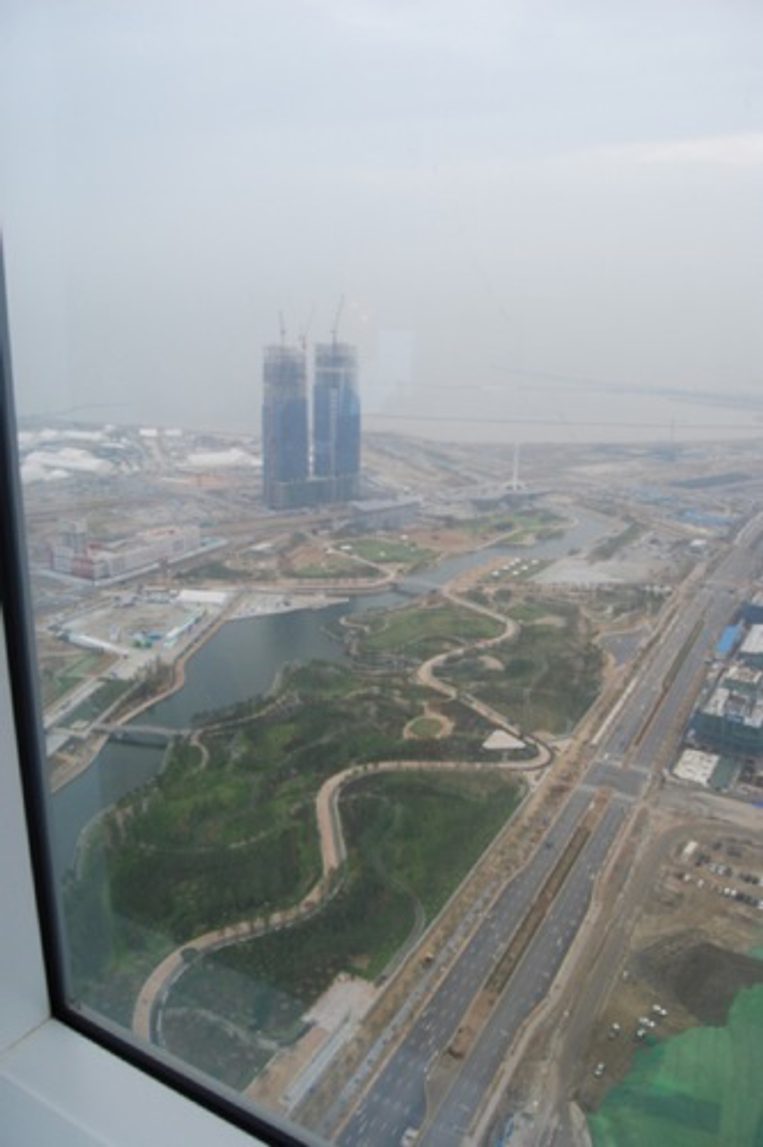
10. (Below) Construction continues in Songdo
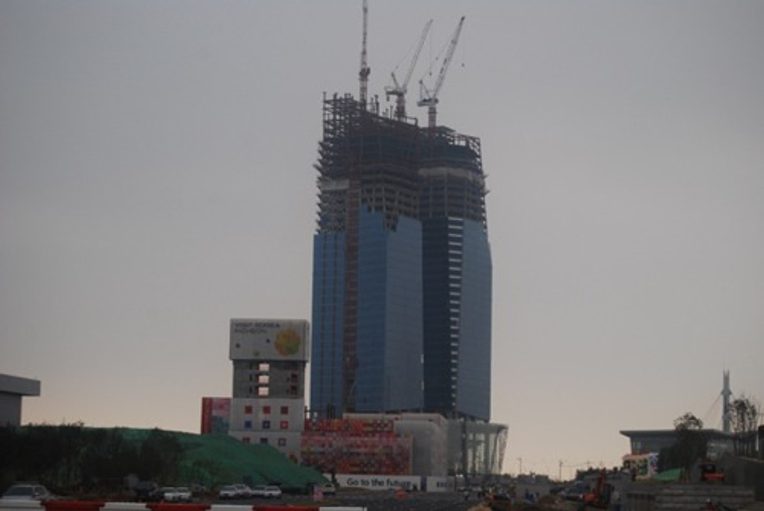
11. (Below) A mall in Songdo
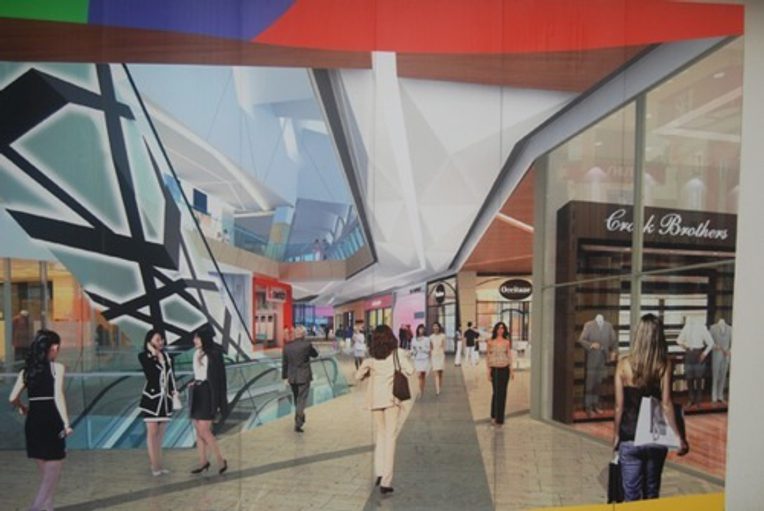
12 & 13. (Below) Some models of Songdo city sections (including the "canal street," houses built on around a body of water)

